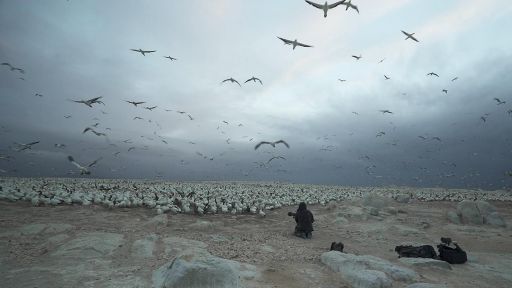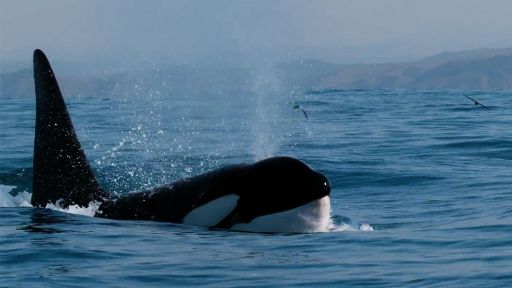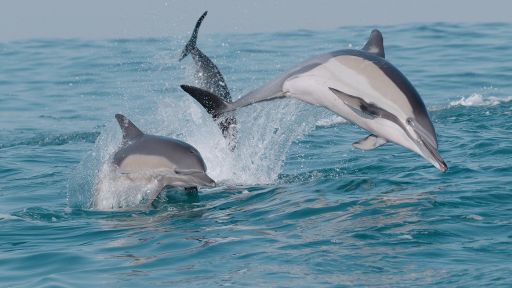Every winter, billions of sardines off the coast of South Africa embark on their annual breeding migration. The sardine run is the largest biomass migration on the planet, rivaling the great herds of the Serengeti.
Features




- [Narrator] Sardines by the billions live here year-round, swimming and feeding together in loose shoals of hundreds of thousands of individuals.
Then, in late April, ocean currents undergo a subtle shift.
As the southern winter approaches, upwellings and eddies force a tendril of cold water toward the east.
The warm Agulhas current moves further offshore, allowing the cold stream to gain momentum.
The cold water sardines instinctively cluster in the chillier current.
150 miles out to sea on the Agulhas banks, schools begin to mass together until they form a mega-shoal 20 miles long.
Then the single super-organism pours into the cold water highway toward the coast and shallower water.
It's the biggest biomass migration on the planet, exceeding the great herds of the Serengeti.
Yet exactly why they do it remains a mystery.
The journey serves no apparent benefit to the fish.
It will inevitably dead end in a warm sea unsuitable for sardines.
How far they travel depends entirely on the vagaries of this year's cold current.
But one thing is certain, an entire food web is counting on the sardines to make the run.
